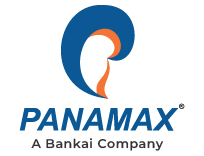The development of technology and communications in the fintech and payments industry has made moving money fast, easy, and cheap across the globe. However, the convenience in the mobility of money has made the task of preventing money laundering and financing of terrorism more demanding than ever. Financial institutions must watch their backs as they continually face massive risks like money laundering, terrorist financing, or other types of financial fraud. As a result, the fintech and payments industry including banks and Non-banking Financial Companies (NBFCs) faces great challenges to satisfy the demands of the regulatory authorities and prudent regulations.
According to the United Nations, the estimated amount of money laundered globally annually is 2 - 5% of global GDP. However, a number of measures can be taken to aid the industry in reducing such risks. One of the most reliable tools to mitigate the danger of fraudulent activities taking place on your platform is KYC.
Along with verifying your customer’s identity, Know Your Customer (KYC) is also useful in determining client’s risks, being compliant with specific regulations, building a seamless onboarding process, storing data, performing ongoing monitoring, making reports, and much more. Further to simplify the process, e-KYC has also been introduced by providers which is a paperless Know Your Customer (KYC) process in which the identity and the address of the subscriber are verified electronically with the support of biometric solutions. As biometrics explicitly bind individuals to their digital representatives, it delivers an exceptional and most reliable identity verification method for e-KYC solutions.
5 Step Process to a Dependable KYC Solution
The process of creating a KYC flow that covers all your needs might seem overwhelming whilst you try to balance fraud prevention, compliance, and customer satisfaction in your KYC solution. Follow this checklist to make your life more secured when it comes to KYC software solutions.
1. Why do you need a KYC solution?
Why do you need an identity verification software or why do you want to integrate a KYC software solution by a third-party provider?
To evaluate the reasons, consider answering the following questions:
- Who are your clients?
- Are you working with businesses or individuals?
- Which countries do your clients belong to?
- Which regulations concern entities from those countries?
- Do you need Enhanced Due Diligence (EDD)?
- To whom do you want to report suspicious activities?
2. What do you need from your KYC solution?
After evaluating your goal for implementing a KYC software solution into your platform, it is time to decide on the features and the flow of the KYC that you require. This step too requires you to answer a few questions, in order to know how your KYC would look.
- Do the clients go through the identity verification process before being able to access the service? Or they can access limited functions before the KYC compliance?
- Is KYC just a process to follow, or does it take place in steps to unlock different platform features?
- Which data should your clients provide?
- Should the reporting to the authorities be automatic or manual?
3. When to connect with a KYC service provider?
After the structure of your KYC flow is determined, connect to a KYC solution provider. While choosing a KYC service provider, make sure to check several vendors and assess the following:
- Does the potential KYC software solution possess the features you identified in the second step?
- Does the solution only provide ID verification software or also includes advanced features such as ongoing monitoring, EDD, and transaction monitoring?
- Is the provider delivering a user-friendly data management platform?
After exploring these questions, it is also crucial to check the reviews, case studies, and ask for a demo from your potential KYC solution providers.
4. How to design an onboarding process?
After selecting a KYC service provider, it is time for you to build an onboarding process. Designing a smooth KYC flow is crucial as a seamless onboarding can raise the conversion, while an obtuse one can cost your company significant financial resources.
To design a user-friendly onboarding, consider the following questions:
- How long does the onboarding take?
- Can users with little technical knowledge understand it well?
- Are the instructions clear?
5. Why create a reporting system?
After the onboarding process is set up with all its additional features, plan your reporting system. When you assess a customer’s risk and collect the required data about him/her, there’s a need to store it. While choosing a KYC service provider, make sure that customers’ profiles are easily accessible.
Alongside this, determine if you want to have an automatic reporting system that will send the reports to the authorities without manually compiling them or a manual one. Reporting must be smooth and accurate as it is one of the most essential parts of the KYC process.
KYC - Need of the Hour
As financial services increase their popularity, lawbreakers find new ways to laundering money. In the coming years, it will be increasingly important to have an effective KYC process to stay compliant and mitigate the risk of fraud. As each organization is different, its expectations from the KYC software solution are distinct. With this checklist, one can stick to the right track while creating a KYC workflow.
MToolKit, a KYC Software Solution platform coupled with smart biometrics can be utilized to automate sales force and back-office activities of various domains such as banking, finance, insurance, telecom, and more using cutting-edge mobile technology. Smart Biometrics will help you support your e-KYC solution and deliver the highest assurance through the client’s fingerprint, iris, palm, face, or voice. MToolKit has a set of distinct features that deliver an intuitive and user-friendly way for handling field activities such as KYC, customer acquisition, fulfilment, and pick-up activities.
Related Blogs
Ditch the Password with Biometrics Solutions
How is the Blockchain Technology changing the Banking ecosystem


















